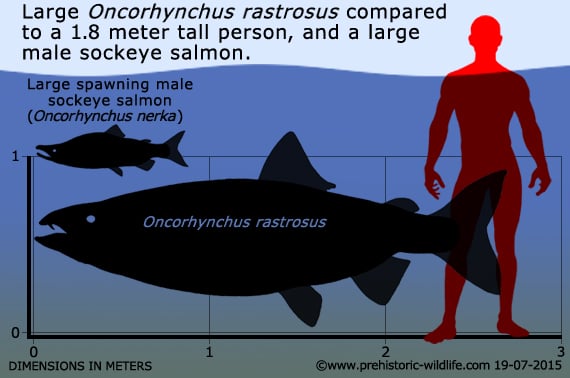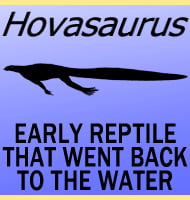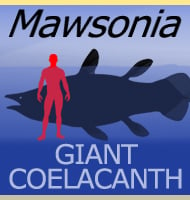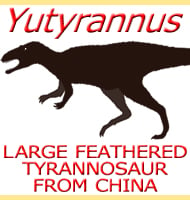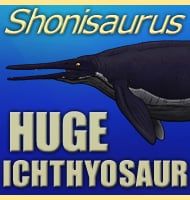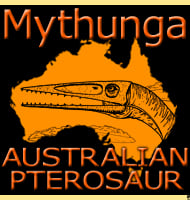In Depth
Oncorhynchus rastrosus is a prehistoric species of salmon and one known to have grown to very large sizes.
Oncorhynchus rastrosus is more commonly known as the sabre-toothed salmon, a name the species got from a pair of greatly enlarged teeth that grew down from the upper jaw of males, and may have been most developed when getting ready to spawn.
These teeth are thought to have been used by males to compete against one another in much the same way that their smaller relatives do today.
Despite this fearsome appearance however, Oncorhynchus rastrosus is thought to have mostly been a filter feeder based upon the observation that the gill rakers are both more numerous and more finely built than most modern forms which are more predatory in their diets (though the sockeye salmon, Oncorhynchus nerka, is also known to be a planktonic feeder when adult).
Exceptionally high levels of plankton have also been recorded in Miocene aged marine deposits, which reveals that Oncorhynchus rastrosus probably grew so big as a result of both a greater abundance of food, as well as a slower lifestyle which would not require calories for fast pursuit swimming, meaning that more could go to growth.
Further Reading
- - Smilodonichthys rastrosus: A new Pliocene salmonid fish from Western United States. - Museum of Natural History, University of Oregon. - Ted M. Cavender & Robert Rush Miller - 1972.
- - Miocene salmon (Oncorhynchus) from Western North America: Gill Raker evolution correlated with plankton productivity in the Eastern Pacific. - Palaeogeography, Palaeoclimatology, Palaeoecology vol 249, Issues 3-4 p 412-424 - Thomas P. Eiting & Gerald R. Smith - 2007.
